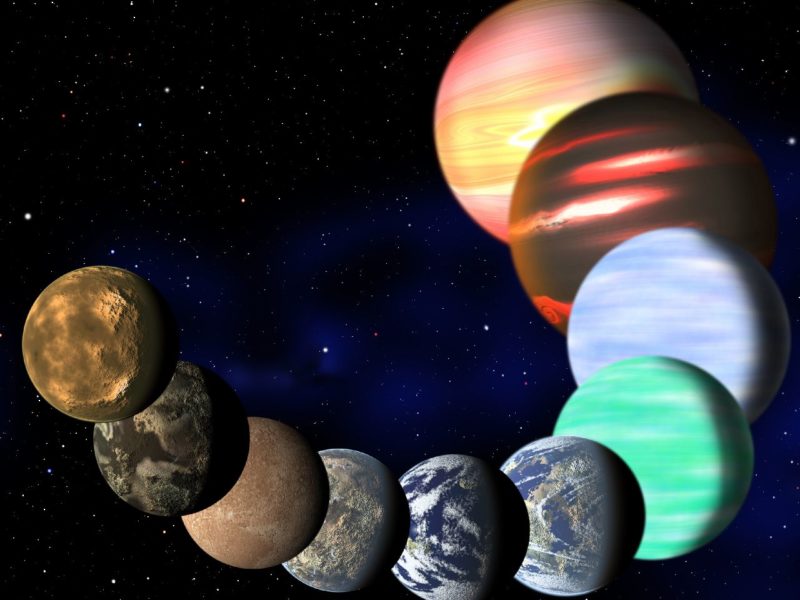Tempe, Arizona, United States of America
A study of the Sutter’s Mill meteorite suggests that there was a larger variety of extraterrestrial organic molecules available to the Earth in it’s early years than previously thought. By hydrothermally treating meteorite fragments, scientists at Arizona State University were able to simulate early Earth conditions; which caused the release of complex oxygen-rich compounds, including polyethers of “definite prebiotic interest.” These findings give greater insight into the organic compounds produced outside of Earth, as well as to how they may have influenced early molecular evolution on the planet.
Alexander Island, Antarctica
Scientists discovered diverse microbial life in Antarctica’s Lake Hodgson. Researchers from the British Antarctic Survey drilled through the lake’s ice covering to its bottom, approximately 205 feet below the surface, to take 12.5 feet of samples. These samples contained a variety of microbial life and fossils dating back thousands of years. The researchers identified many known microbes from the samples, however about twenty-three percent of those found were determined to be previously unidentified bacteria. Further analysis of the samples and other subglacial lakes aim to explore how life adapted to the extreme conditions, and determine if these conditions could exist on other planets.
Cambridge, United Kingdom
Researchers determined that the Issus genus of insects are the first living creatures whose bodies feature functioning gears. Located at the top of the insects’ back legs, these twenty micrometer long gears are capable of propelling the insect at a speed of over eight miles per hour in two milliseconds. Scientists explain that the gears developed to synchronize the Issus’ jumping movement at a higher speed than the nervous system could. The gears are not present throughout the insects’ lives, and after the final molting of the exoskeleton, they are not replaced, likely to prevent permanent damage as a result of a broken gear.
Pasadena, California, United States of America
NASA’s Jet Propulsion Laboratory is testing a new camera that can choose its own scientific subjects. This camera, known as TextureCam, is meant to streamline the process of examining the surfaces of other planets and celestial bodies. It will map the surface that it is examining and prioritize geological features, in order to select the most significant ones to send back to Earth. Thus removing the necessity of human controllers examining every picture taken by a rover, significant or not. This will be especially beneficial for rovers travelling to further destinations, such as Europa, which would experience more significant delays with the current system.


'Scientific discoveries this week: 9/12/13' has no comments
Be the first to comment this post!